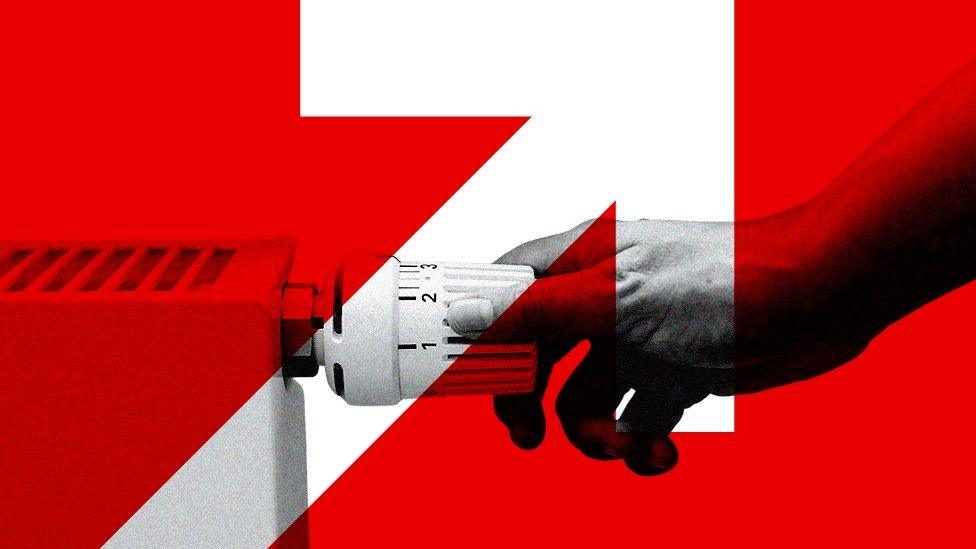Energy prices could change at different times of the day
- Published
- comments

Domestic energy prices could be capped based on the time of day that households use their appliances, the regulator Ofgem has said.
The watchdog said it has launched early discussions about a "dynamic" price cap that changes as consumers became more flexible.
It said it would become harder to retain a universal price cap that is suitable for everyone.
So it is considering a range of options for changing the current system.
At present, Ofgem fixes the maximum price that can be charged for each unit of energy on a standard - or default - tariff for a typical dual-fuel household which pays by direct debit.
That affects about 29 million households in England, Wales and Scotland. The annual energy bill for a household using a typical amount of energy will fall to £1,690 from April to the lowest for two years - and down £238 a year from now.
New ideas
Ofgem said the price cap had worked well to protect customers from the "loyalty penalty", where customers on default tariffs paid higher prices, and from the worst of the recent volatility seen in the wholesale energy sector.
But it said habits and the market were changing as increasing numbers of consumers changed the way they consumed energy and began using electric vehicles, heat pumps and solar panels.
A new price cap would need to be flexible for tariffs that allowed price differences if appliances switched on when there is lower demand for energy such as in the night, or when there is more supply from renewables such as when the wind blows.
Tim Jarvis, Ofgem's director general of retail and markets, said: "We recognise the systems we have in place may need to change too.
"We're looking in detail at the elements of the price cap that have worked well and the challenges we've identified in recent years, while also considering how a wide range of future consumers will use and pay for energy to make sure we develop the right measures that will protect and benefit consumers across the board."
Other options included:
A targeted cap which could be based on a variety of factors such as vulnerability
Prices that set a limit between a supplier's default tariff and tariffs available in the market
Capping the profit margin suppliers are able to make,
Replacing the cap with a ban on acquisition-only tariffs.
Mr Jarvis said there would be widespread consultation and the regulator's aim was to ensure the market worked for everyone.
It is impossible to say at this stage how prices would change compared with now for different households if any of these ideas were taken on.
There has been some experimentation with tariffs that vary according to when energy is used.
Some households have been offered discounts to use less electricity at peak times in an attempt to ease demand during cold snaps.
Simon Virley, head of energy and natural resources at global business services firm KPMG UK, said that while the existing price cap had saved money for customers, this had "come at a price".
He said it meant "effective competition and innovation in the market suffering and switching levels falling off a cliff".
"As we look to what a future retail energy market looks like - it will be key to balance proportionate consumer protection with incentives for investment and innovation in a smarter energy system that benefits all consumers," he added.
Related topics
- Published23 February 2024

- Published31 January 2024

- Published19 January 2024

- Published28 November 2023

